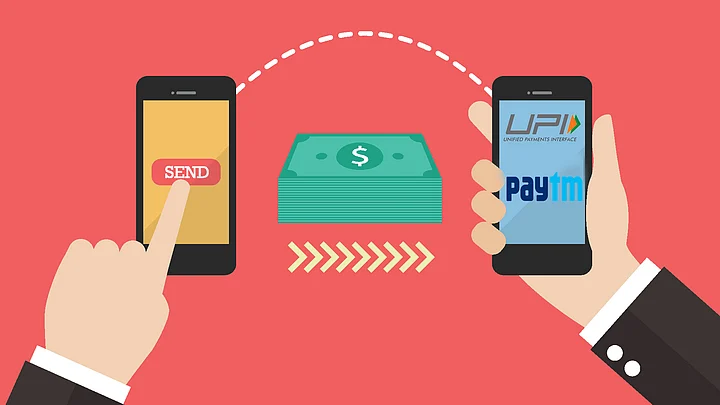With cash nowhere to be seen and long queues outside banks and ATMs, a lot of people have been forced to switch to cards and mobile wallets to pay for basic stuff.
But mobile wallets like Paytm and MobiKwik have come our rescue in these testing times. You can book a cab, pay for food and even buy grocery nowadays by paying with cards.
However, this convenience is not available to those without cards, and for those people, the National Payment Corporation of India (NCPI) had announced the Unified Payment Interface, or UPI.
The UPI could make it easier to refill your virtual wallet and use it - but it could also become easier to directly transact with a seller. In that case, would people still require digital wallets?
Mobile wallet companies like Paytm, PayU and ItzCash say they are more than comfortable with the UPI coming into force.
What is UPI?
With the implementation of UPI, users can transfer money between different banks, or even carry out an online transaction with far greater ease. The NPCI claims it’s as simple as sending a text message.
Unlike the current scenario when you need an IFSC code and addition of a beneficiary, with UPI the transactions/purchases made are linked to a unique number which acts as your virtual address number for all payments. It is a mobile interface and will work on mobile phones only.
UPI vs PayTM
With cash available at a premium right now, most vendors across the country (even a tea seller) have hopped onto the Paytm bandwagon. So, it is more than obvious that comparisons between UPI and other mobile wallets will be a hotly debated subject right now.
Also Read: United Payment Interface: How Will it Make Life Simpler for You?
So, in a nutshell we tell you between UPI and PayTM which one should you be using and why.
UPI
This was introduced in April this year, and unlike mobile wallets, with UPI you can directly link to a bank account, without needing to feed the details every time. Once you register on UPI with any bank, you’ll get a virtual ID, along with TPIN or MPIN which becomes your transaction identity.
These credentials can be used for all card-less activities. A lot of banks like ICICI, Axis Bank and Yes Bank among others have already redesigned their mobile apps to accommodate UPI, with some like the State Bank of India (SBI) and HDFC yet to follow suit.
You can opt for PhonePe, Axis Pay or few others right now, to get the host of benefits that UPI offers. (More on that below.)
Flipkart’s got PhonePe, Snapdeal already has FreeCharge under its wings and Amazon could make its move in the coming months.
Pros: Easier way for transactions, one-time ID creation and good to go, banking limit goes up to Rs 1 lakh
Cons: Not all banks available on UPI right now, limited merchants on board, not viable for all e-transactions right now.
Paytm & Other Mobile Wallets
While UPI is the way to go, mobile wallets such as Paytm have been there for a few years now. This first-mover advantage helps consumer buy flight tickets, pay for Uber ride, or even shop via Flipkart or any other e-portals. Even a few domestic vendors and milk booths have subscribed to Paytm, which comes in handy for a lot of people in the country right now.
However, unlike UPI, these mobile wallets act as a middle ground between the bank and vendors like Uber. So, you’ll have to keep refilling its coffer, via debit card or net banking, which isn’t always the safest way to go about.
Also, your transactions are limited to Rs 10,000, and for anything beyond that, know your customer (KYC) documents are to be verified.
Pros: Came much before UPI was put into place, wider range of purchases possible, vendor-centric cash back and deals offered.
Cons: Transactions limited to Rs 10,000, lot of people still not sure of its security and ease of use.
Where to Go
It’s safe to say that UPI is still in its nascency, with all the banks yet to align its mobile banking focus with its architecture and process. Mobile wallets on the other hand have a big advantage over UPI because of its availability for a few years now.
However, we’d give it another 10 months or so to see the real impact of UPI, which clearly is the future of digital payment in India.
Demonetisation could be a blessing in disguise for the ecosystem. It could become the catalyst that gets the country to the next level of payment, putting it at par with developed nations like the US, Western European countries and Japan.
(At The Quint, we question everything. Play an active role in shaping our journalism by becoming a member today.)
